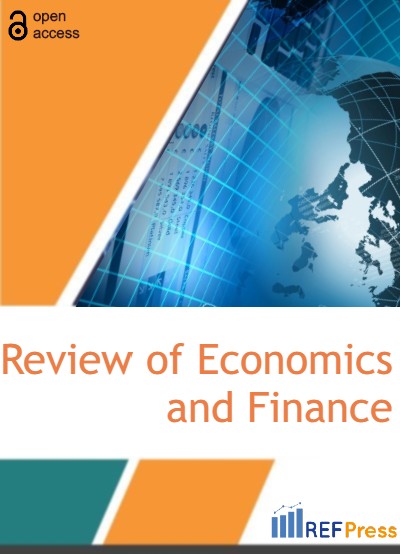
China's Economic Stability Through Management of Rural Education Development: Condition and Possibilities
(Pages 366-375)Koshkalda Iryna1,*, Sychenko Victor2, Zastrozhnіkova Irina3, Xia Yuanyuan4 and Stoyanets Nataliya5
1Doctor of Economic Sciences, Professor, Head of the Department of Land Management and Cadastre, State Biotechnological University, Kharkiv, Ukraine.
2Doctor in Public Administration, Professor, Rector, Communal Institution of Higher Education «Dnipro Academy of Continuing Education» of Dnipropetrovsk Regional Council», Dnipro, Ukraine.
3Doctor of Economics, Associate Professor, Management and Marketing Department, Berdyansk State Pedagogical University, Berdyansk, Ukraine.
4PhD student in Management, Sumy National Agrarian University & Henan Institute of Science and Technology, Sumy, Ukraine.
5Doctor of Economic Sciences, Professor of the Department of Management named after Professor L.I. Mykhaylova, Sumy National Agrarian University, Sumy, Ukraine.
DOI: https://doi.org/10.55365/1923.x2023.21.37
Abstract:
As the largest developing country, China has made significant achievements in the battle against poverty in a short period. The key point lies in the targeted rural poverty alleviation policies with Chinese characteristics, for which educational poverty alleviation is the fundamental guarantee. Educational poverty alleviation in rural poverty stricken areas is mainly to improve the total amount and quality of rural human resources with the adoption of various education-based human resource development models. The development of rural human resources is conducive to increase the income of rural poverty families and then achieve sustained poverty elimination. In this study, we argue that preschool education could promote economic growth in rural poverty-stricken areas through internal and spillover effects based on human resource development. Internal effect is mainly manifested in its direct effect on improving the quality of human resources, for example, to block the inter-generational transmission of poverty by cultivating high-quality laborers in the future. While, the spillover effect is mainly reflected in the increase in the total amount of human resources, such as transforming the original child caregivers (female and elderly) into productive laborers. Additionally, the teacher training model for preschool education in rural areas could also promote rural human resources development by enabling plenty of surplus laborers to participate in preschool education. To the best of our knowledge, this study is the first to analyze the effects of preschool education on achieving sustained poverty elimination in the post-poverty era from a new perspective of human resources development with the combination of the seventh population census bulletin and the three-child policy recently released in China. Our findings could provide references for other developing countries that are committed to poverty alleviation, and also are conducive to accelerate the process of establishing inclusive preschool childcare and education service system in China to achieve sustainable rural development.
Keywords:
Keywords: Management, rural human resources development, education, economic stability, sustainable development, China.
How to Cite:
Koshkalda Iryna, Sychenko Victor, Zastrozhnіkova Irina, Xia Yuanyuan and Stoyanets Nataliya. China's Economic Stability Through Management of Rural Education Development: Condition and Possibilities. [ref]: vol.21.2023. available at: https://refpress.org/ref-vol21-a37/
Licensee REF Press This is an open access article licensed under the terms of the Creative Commons Attribution Non-Commercial License (http://creativecommons.org/licenses/by-nc/3.0/) which permits unrestricted, non-commercial use, distribution and reproduction in any medium, provided the work is properly cited.
